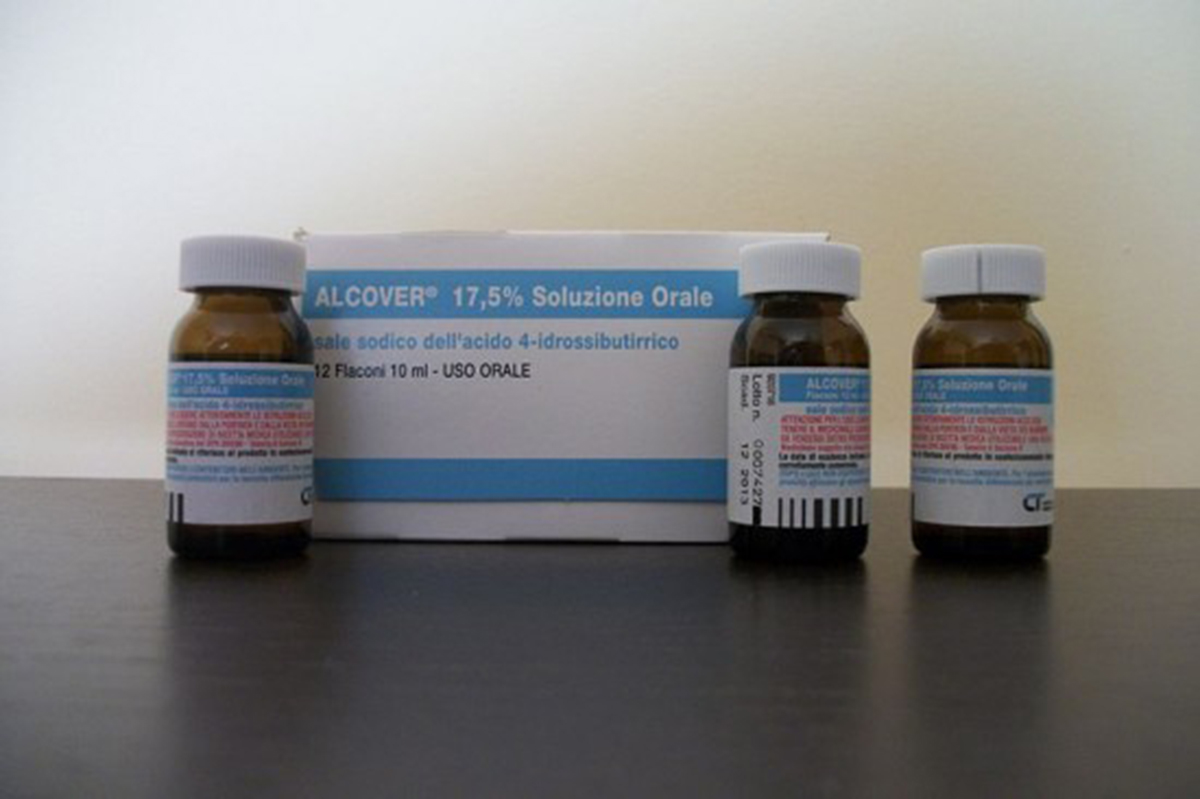Table of Contents
The appearance
GHB is usually taken orally, and in most cases it is sold as a light-colored powder that easily dissolves in liquids. It can also be found as a pure liquid packaged in vials or small bottles. In liquid form, it is clear, odorless, tasteless, and almost undetectable when mixed in a drink.

The costs
GHB is typically consumed by the capful or teaspoonful at a cost of $5 to $10 per dose.
The effects
Several studies have shown that the average dose is 1 to 5 grams. In most cases it produces effects in 15 to 30 minutes and the effects last from 3 to 6 hours. It is proven that consumption of:
- Less than 1 gram of this drug produce relaxing effects, causing a loss of muscle tone and reduced inhibitions.
- 1 to 2 grams causes a strong feeling of relaxation and slows the heart rate and respiration.
- 2 to 4 grams, pronounced interference with motor and speech control occurs. A coma-like sleep may be induced, requiring intubation to wake the user.
When mixed with alcohol, the depressant effects of GHB are enhanced. This can lead to respiratory depression, unconsciousness, coma, and overdose.
Side effects
Side effects associated with GHB may include:
- nausea,
- vomiting,
- delusions,
- depression,
- vertigo,
- hallucinations,
- seizures,
- respiratory distress,
- loss of consciousness,
- slowed heart rate,
- lowered blood pressure,
- amnesia,
- coma
Mechanism of GHB action
Experts are still researching the exact mechanism of GHB effects because they are still not fully understood. GHB clearly has at least two sites of action, stimulating the:
- GHB receptor
- The GABAB.
Some researches tried to prove that GHB is nothing more then a neurotransmitter, which in high concentrations can also reach to the GABAB receptor causing the sedative effects.
- www.whitehousedrugpolicy.gov
- en.wikipedia.org/wiki/Gamma-Hydroxybutyric_acid
- www.tcada.state.tx.us
- Photo courtesy of La Cara Salma by Wikimedia Commons : en.wikipedia.org/wiki/File:Alcover_17,5_-_Gamma-Hydroxybutyric_acid.JPG

